The previous posts have covered the life of former Lower Largo resident John Letham (from whom Leven's Letham Glen takes its name) and the days when Letham Glen was known as Spinkie Den (or more officially Sillerhole Den). The renamed Letham Glen dates back to 1925, when Leven Town Council took over the glen and changed its name. The date on the stone arched entrance shown above displays the date 1925 although the arch itself was not constructed until 1930 (see Dundee Evening Telegraph above). The new entrance gates were part of the Town Council's gradual enhancements over the years. Features such as this, and bridges over the burn, like as the one pictured below, were added when budget allowed.
The first Rose Queen was crowned at Letham Glen in 1938, in a new element of Leven Development Association's summer programme. Elizabeth Ballantyne of Dewar's Buildings, Parkhill, a Third Year pupil at Leven Higher Grade School, was elected the first Rose Queen (also briefly known as the May Queen). After the lavish ceremony was rained off twice, Betty was finally crowned in the glen a week later than scheduled (see photograph below from 10 June Edinburgh Evening News). The following year, a second summer festival took place where once again the Rose Queen crowning took place at Letham Glen. However in subsequent years the event moved to grounds of Carberry House.
Another 1930s innovation was the proposal in January 1939 from Leven Cage Bird Society to install an aviary in the glen. This was agreed to by Leven Town Council and an enclosure was constructed with the plan to stock budgerigars and exotic birds. However the outbreak of war saw the facility lie empty until the summer of 1947. Many events did continue to take place in the glen during the war years, including equipment demonstrations and concerts organised by the Polish Forces stationed in the area (such as the examples below from the 7 June 1944 Leven Mail).
The swimming pond at the south end of the glen, which had officially opened in 1921, began to deteriorate in the 1930s. As early as 1930 there were discussions about closing the pond and replacing it with a salt water alternative by the seafront. Despite long-running discussions, this never plan came to fruition and the pond at the glen remained into the 1940s (shown behind gates beyond the putting green in the image below). By that point it was described in the local press as an "eyesore" and a "public menace" (according to the Leven Advertiser of 4 February 1948). One idea explored by the Council was to turn it into a lily pond but in the end it was agreed to replace the swimming pond with a sunken garden.
The 26 May 1949 Leven Mail updated that "work is going on at Letham Glen which will make the Glen even more attractive. The sunken garden with fountain at the site of the old swimming pond there is now taking shape." There must have been a fashion for sunken gardens around this time, as Festival Gardens close to Leven Prom and Macduff Park by East Wemyss also had sunken gardens laid out around this time. Letham Glen's sunken garden is pictured below.
The 1940s, 1950s and 1960s were the heyday of the popular 'Go As You Please' contests in the glen. These were talent competitions, hosted by a compere, where people could sign up in advance or on the day to sing, dance, recite a poem, play an instrument or perform some other turn. An accompanist was on hand to play music. Cash prizes were on offer for those judged to be the most skilled performers by the panel of adjudicators. Often consolation prizes handed out for the less talented. Sometimes these contests were themed - for example on the 'Scotch Night' all artists had to perform a Scots item and wear something tartan or a sprig of heather.
Other activities held in the glen included treasure hunts around the grounds, putting competitions, pie eating contests, theatre group performances, community singing, dog shows and by the 1960s barbecues. Other special events included selection of a Glamorous Granny, a Holiday Queen or a Pin-Up Boy. Concerts of various kinds were another feature - from pipe bands and military bands to dance bands and choirs. In the mid-1950s, a bandstand was erected, replacing a smaller 1930s bandstand, and soon afterwards a platform for dancing was added. The above example advert dates to July 1957 while the one below is from July 1961.
The gardens were well tended as these postcard images illustrate. In 1970 a wishing well was built thanks to a donation from Leven Inner Wheel Club. The well had the inscription "If in here your siller cast, a wish may well come true at last". Proceeds from the well were given to local charities. The aviary of the 1940s eventually evolved into a much wider Pets' Corner, which by 1970, featured pheasants, swans, ducks, geese, pygmy goats, sheep and deer. Later additions included donkeys, rabbits and guinea pigs as well as occasional more exotic residents. The keeping of animals ended at the glen in 1998 and in 2001 Fife Council took the decision to close all such facilities across the county.
The above map shows the trail around the glen in the 1980s. The Nature Centre is shown at the foot of the map, with the wishing well and pets' corner close by. The wooden nature centre was constructed around 1980 from timber felled in the glen itself. It was an ideal venue for visiting groups of school children and for evening talks, among other things. The numbered stops on the nature trail were as follows:
1. Duck pond 2. Deer enclosure 3. Bandstand 4. Woodland A
5. Woodland B 6. Woodland gorge 7. Ochre mill 8. Sitka spruce grove
9. Top bridge 10. Ochre millstone 11. Silver birch trees 12. Geans (Wild cherry trees)
13. Old oak tree 14. Beech tree 15. Elm tree 16. The last bridge
Hercules the grizzly bear started visiting Letham Glen in 1984 and became a regular summer fixture. The image above appeared in the 29 July 1987 Dundee Courier. Typically he visited every Tuesday for six weeks over the summer with adoptive parents Andy and Maggie Robin. Audiences watched Hercules wrestle with Andy, swim in a small pool and eat a picnic, among other things. They also had to opportunity to ask questions about Hercules and his special 'Hercmobile' tour bus. Hercules visited Letham Glen thirteen summers in a row, the last year being 1996.
Another popular part of the summer schedule during the 1980s and 1990s was the 'craftsmen in residence' programme, where different artists demonstrated their skills in the nature centre. Over the years these included jewellery making, batik, weaving, pottery, screen printing, tapestry, knitting and dyeing. In 1994, thousands of visitors descended on the glen when TV personality Mr Blobby made a guest appearance.
The millennium was marked by the installation in the glen's sunken garden of a granite replica of the Leven mercat cross, a structure dating back to the 17th century which features sundials on its shaft, now located in the gardens of Carberry House (pictured above). The replica features designs by local children. Today there are plans afoot to mark the centenary of Letham Glen as a public space in 2025. That will be a fantastic opportunity to reflect on all that the park has seen over the past one hundred years and more. The opportunity will also allow people to recall the role of John Letham in setting the natural beauty spot on the road to becoming an important community space, which so many folks have enjoyed over the decades.
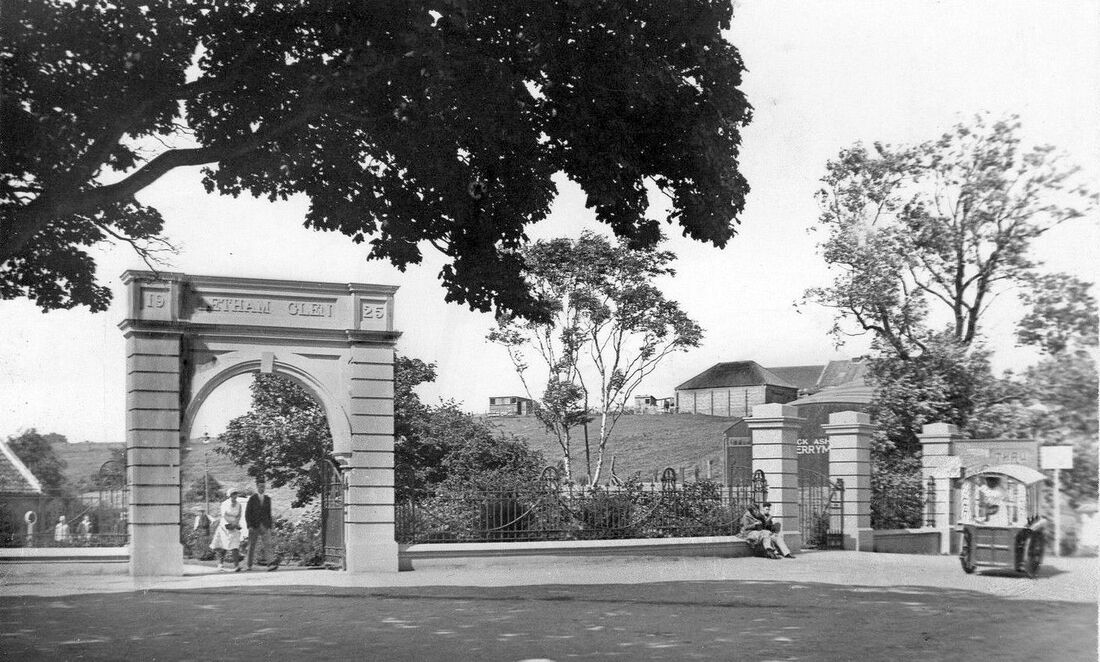
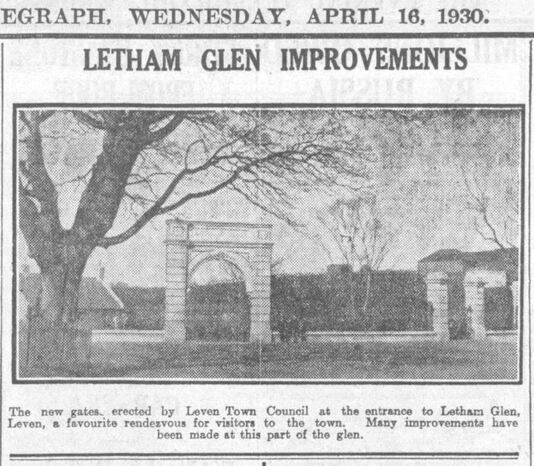
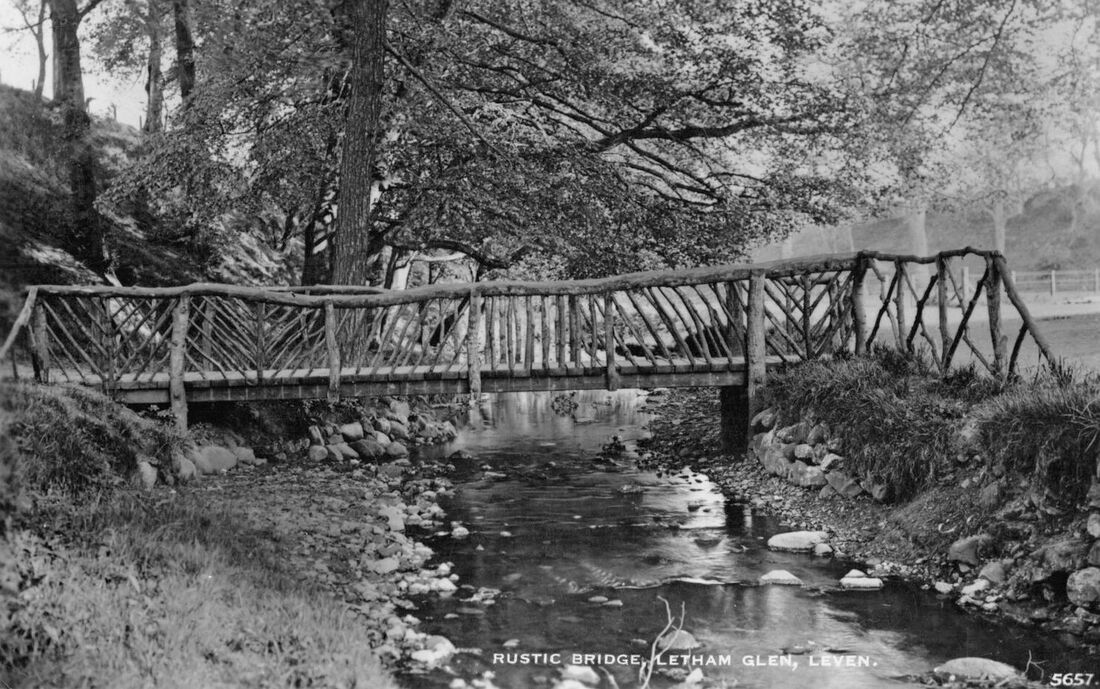
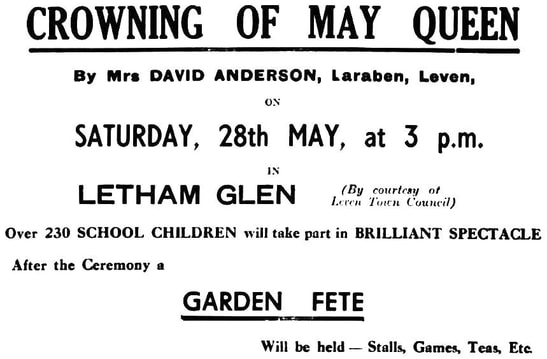
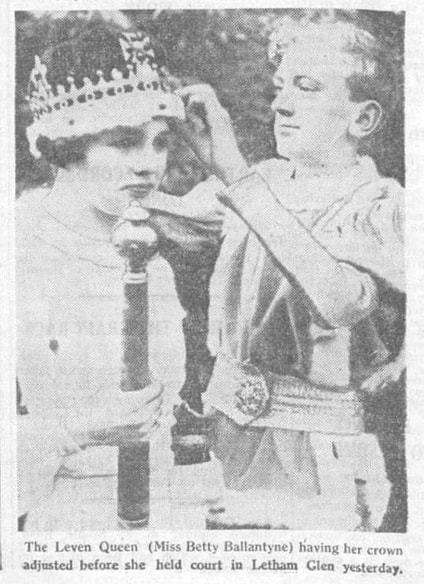
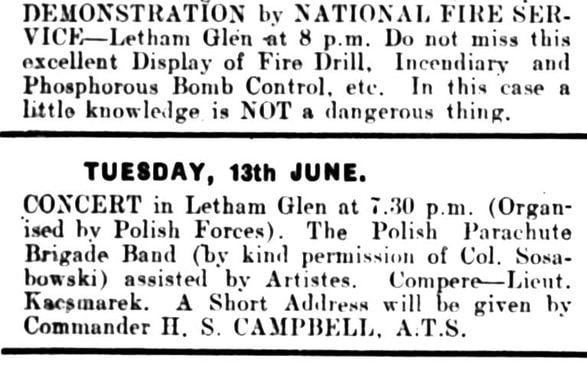
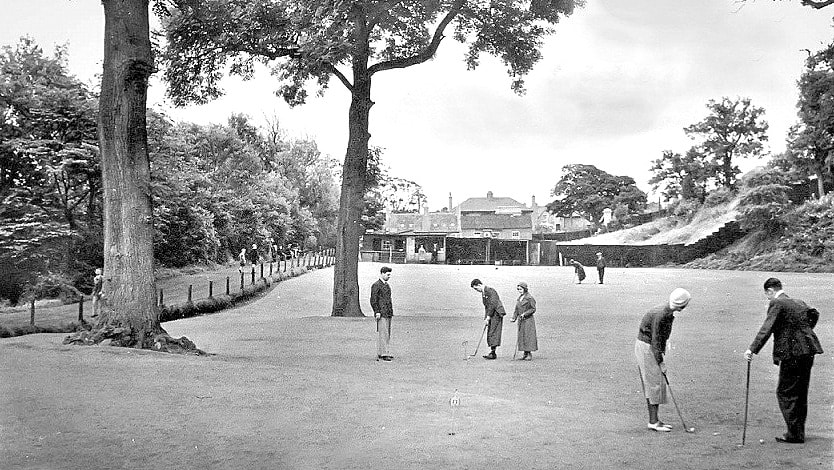
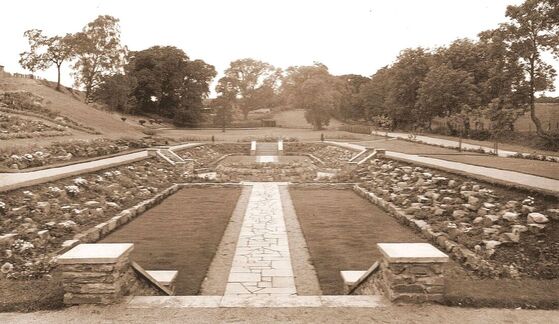
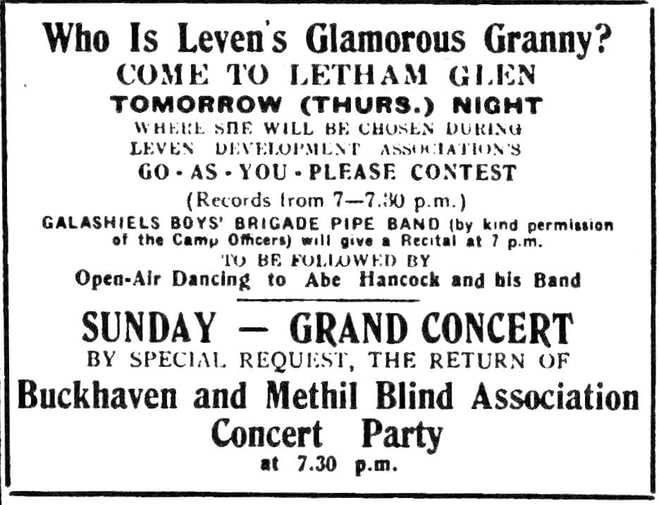
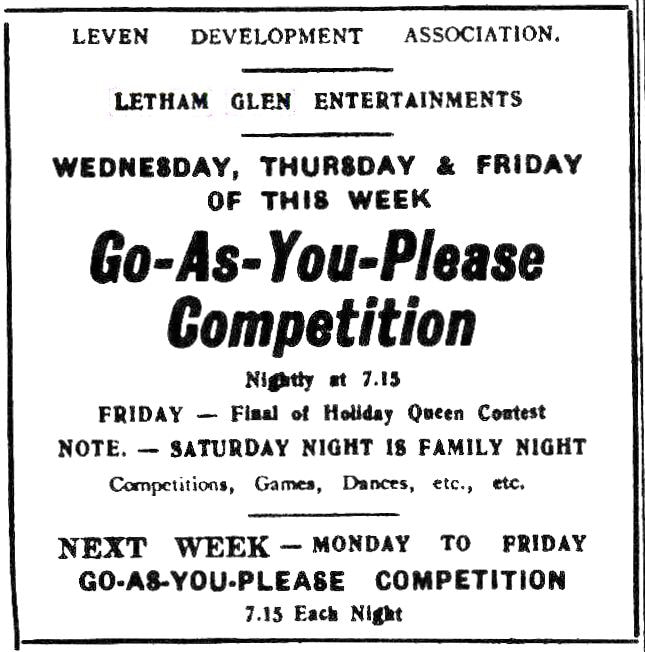
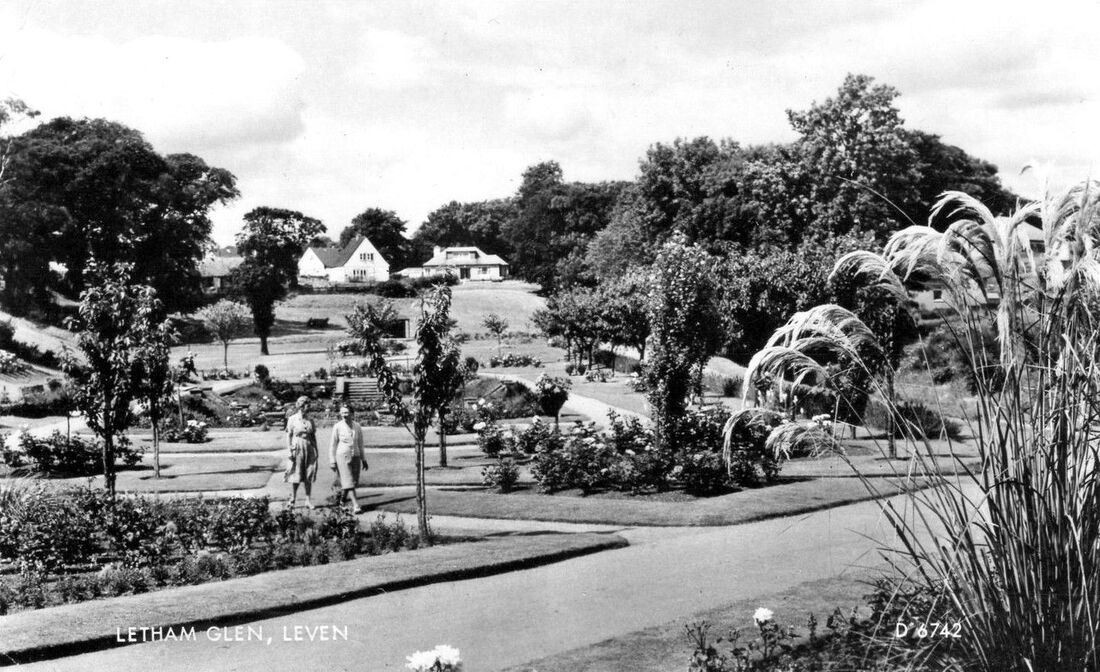
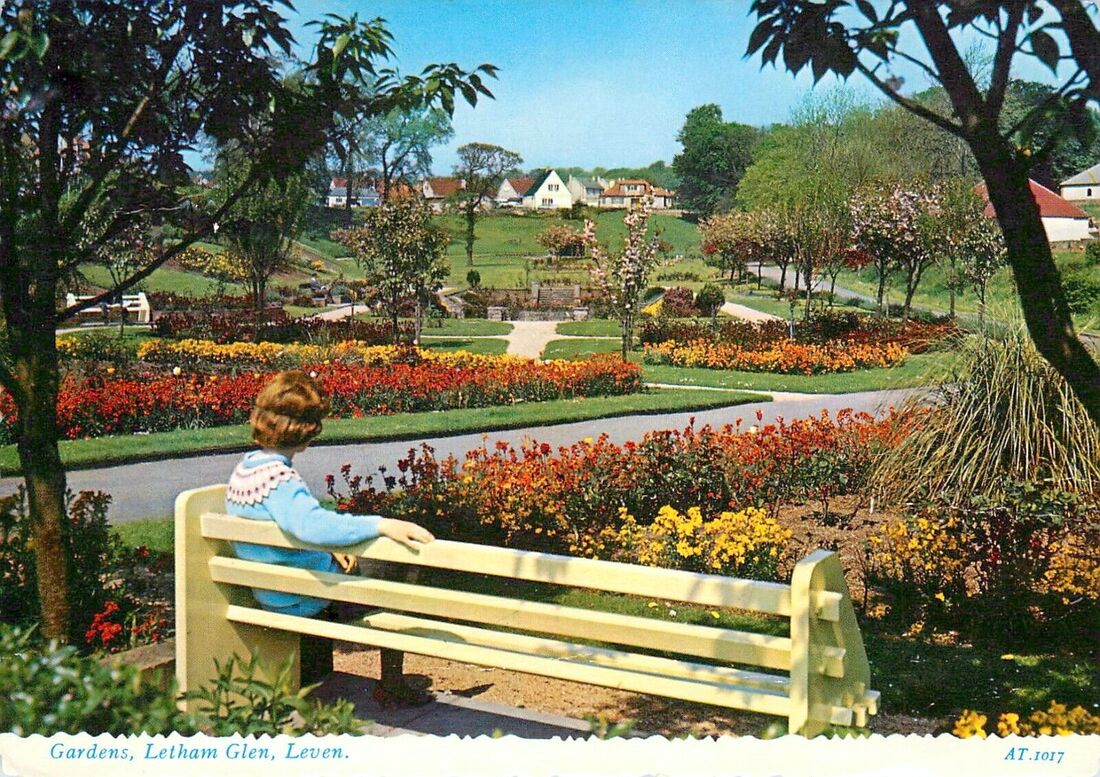
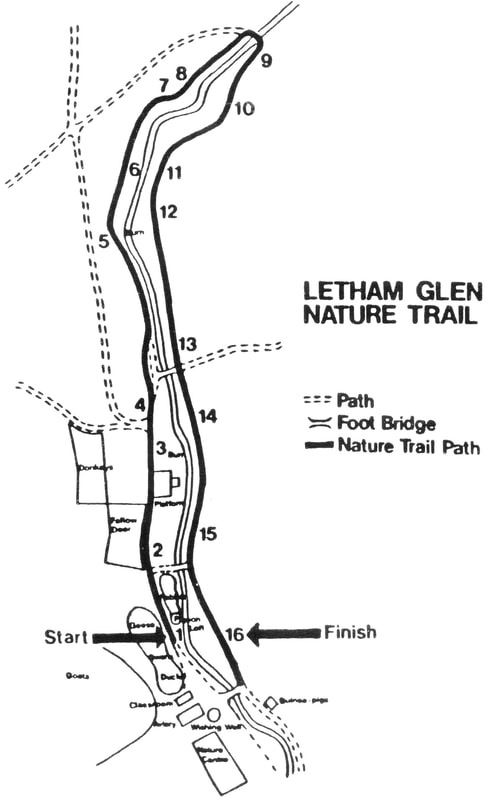
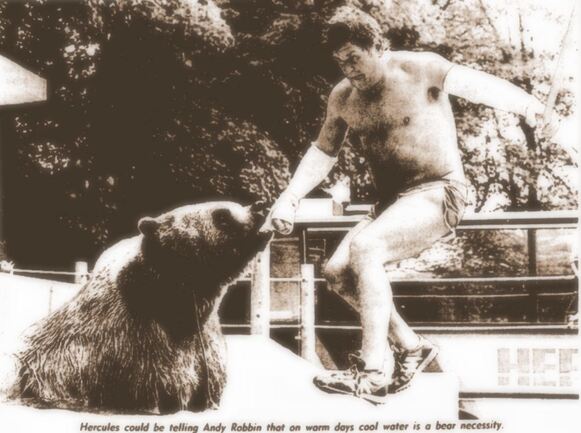
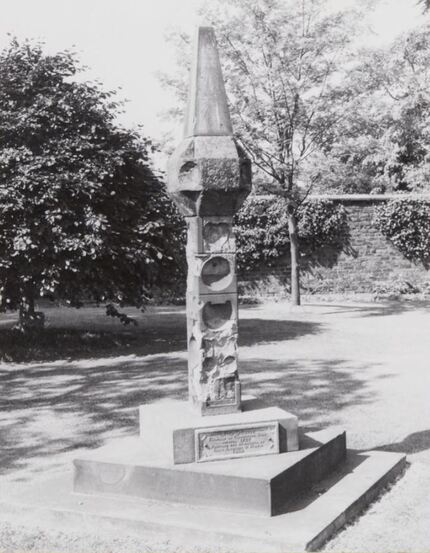
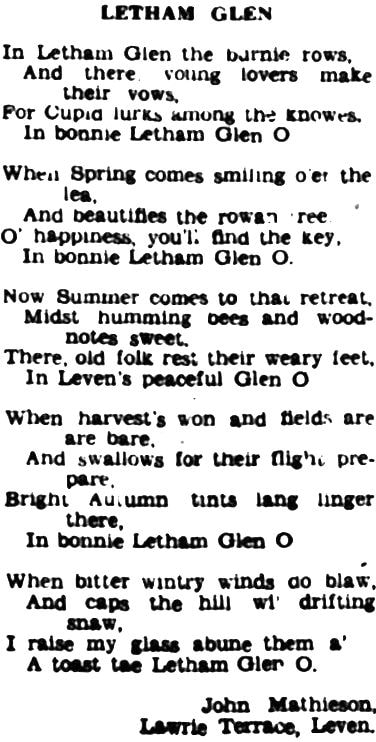
 RSS Feed
RSS Feed
